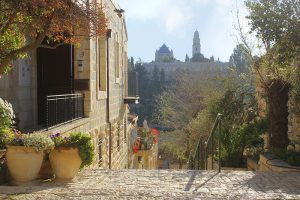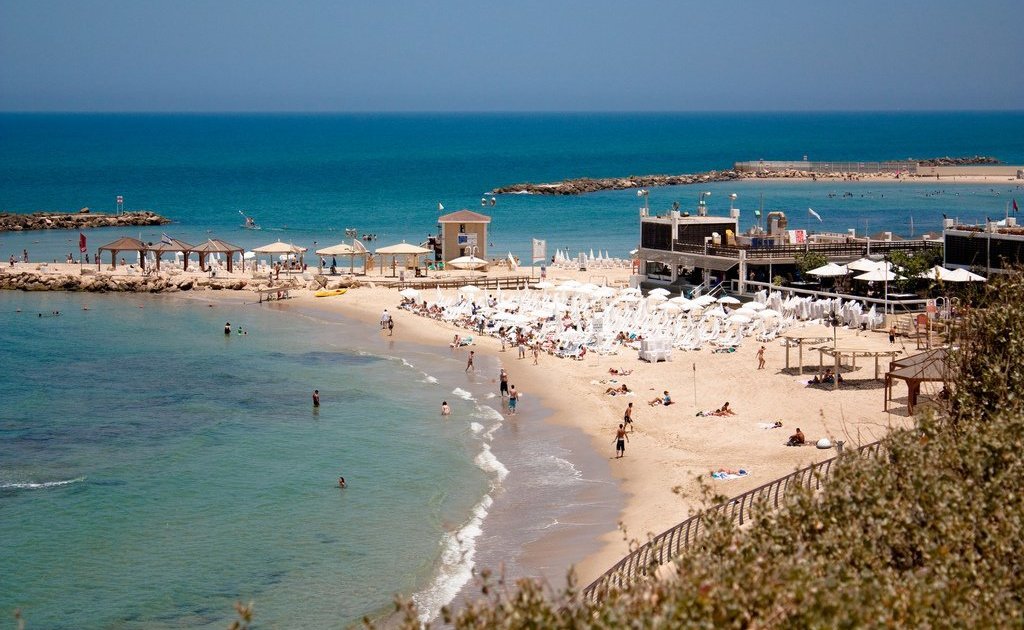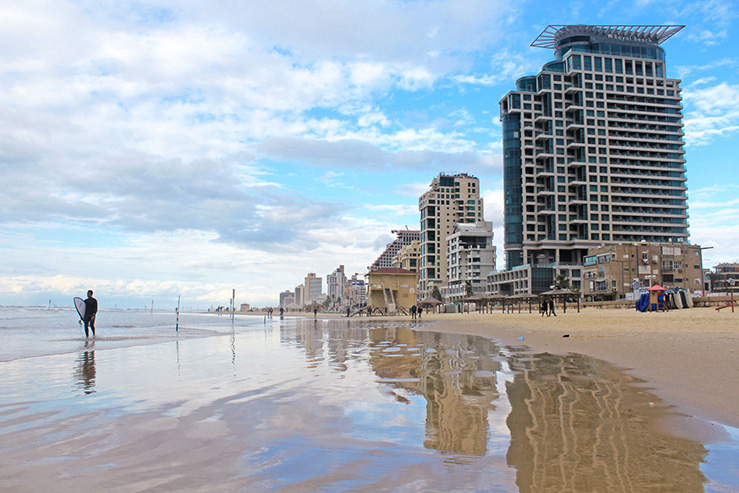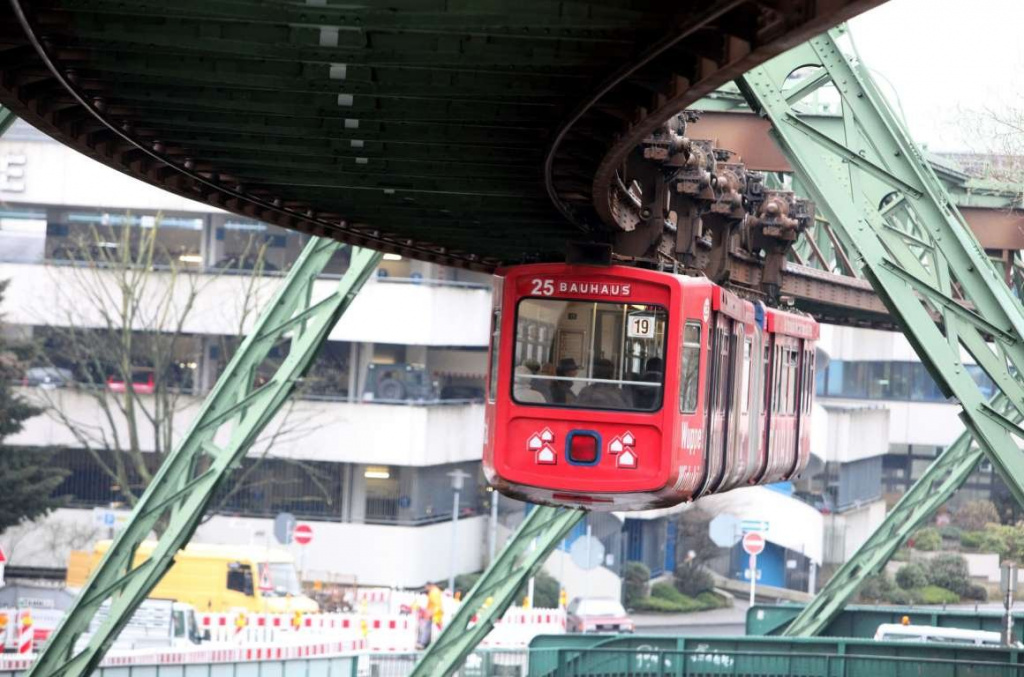10 places in Jerusalem, which do not know the “package” tourists
 Jerusalem is one of the most popular tourist cities. In addition to the main attractions, in the new capital of Israel there are other interesting places that are usually not included in the excursion programs … Jerusalem is a city with almost three thousand years of history. Located at the crossroads of cultures, civilizations and religions, it is one of the most important cities in the world. Thousands of foreigners come here every day, and travel agencies in vain offer tours of holy places. That is why by noon in the Old City of Jerusalem crowds of tourists gather, closely watching the guides flags. To feel the special energy of the holy places, visit them before eight in the morning or after sunset, and in the afternoon explore those parts of the city steeped in the spirit of antiquity where there are never “package” tourists.
Jerusalem is one of the most popular tourist cities. In addition to the main attractions, in the new capital of Israel there are other interesting places that are usually not included in the excursion programs … Jerusalem is a city with almost three thousand years of history. Located at the crossroads of cultures, civilizations and religions, it is one of the most important cities in the world. Thousands of foreigners come here every day, and travel agencies in vain offer tours of holy places. That is why by noon in the Old City of Jerusalem crowds of tourists gather, closely watching the guides flags. To feel the special energy of the holy places, visit them before eight in the morning or after sunset, and in the afternoon explore those parts of the city steeped in the spirit of antiquity where there are never “package” tourists.
The Ethiopian monastery of Deir al-Sultan is located directly on the roof of the Church of the Holy Sepulcher. The tiny cells of the monks, which are white clay huts with bright green doors, were built in the middle of the 19th century. It seems that time in the monastery stopped half a century ago. The monks living here are descendants of Ethiopian Christians who appeared in Jerusalem 1,500 years ago. Many of them are welcoming and friendly. If you know English, they will gladly tell you their life story. The monastery offers a beautiful view of the Armenian Church of St. Helena and the Church of the Holy Sepulcher with its blue domes. To win over the monks, leave as a donation 1 to 10 shekels. You can take pictures of cells, monks – only with permission. It is highly undesirable to come to the territory of the monastery in revealing clothes and be photographed against the background of cells in playful poses.
Ethiopian Deir al-Sultan monastery and Coptic church
To get to the Coptic church of the XII century, you need to exit the monastery, to overcome several low stairs and enter the small arch in the wall. Near the entrance to the church is another arch decorated with a cross, and the ninth stop of the Way of the Cross of Jesus Christ to Calvary. From the entrance to the church, you can take a picture of the main dome of the Church of the Holy Sepulcher. The interior of the Coptic chapel is also interesting: the icons in the “childish” style are very different from the usual Orthodox and Catholic ones.
Previously, it was possible to climb onto the roof of the Church of the Holy Sepulcher through the door, located near the main entrance, but now it has been closed off from outside visitors. There is a secret path that is still open to sophisticated travelers: the most convenient way is to face the main entrance of the Church of the Holy Sepulcher, turn right and go along St. Helena Street, then round the front of the Church of Christ the Redeemer of pink stone, turn left – onto Beit Street ha-bad The inconspicuous staircase leading up is hidden between the stalls on the left. Near the stairs hanging sign “Coptic orthodox patriarchate”. To communicate with the monks, it is better to come after 8-9 o’clock in the morning.
A visit to the Coptic church and the Ethiopian monastery can be combined with a tour of the ancient reservoir, shrouded in many legends. Archaeologists believe that the underground lake served as a reservoir in the pre-Christian period, but already 2000 years ago was abandoned. Then quarries began to be carried out here, and the lake itself turned into a dump. Now the reservoir is cleared of ancient garbage and illuminated by artificial dim light, thanks to which the atmosphere of the mystery of past times reigns in the dungeon. For each sound, the stone vaults echo loudly. If you have good vocal skills, be sure to sing a medieval ballad here, a Latin prayer or any lyric song.
The dungeon is located right in the Coptic church. The caretaker sits at the entrance to it and lets to the ancient reservoir for 5 shekels. Tour groups usually do not drive here, but private enthusiasts-guides make an exception. It is better to ask the caretaker if there is a group in the dungeon: it may be difficult to disperse from a large number of people on a narrow staircase.
In Jerusalem, there is a church belonging to the Ethiopian branch of Christianity. Religious community appeared in ancient Israel fifteen hundred years ago and has a rich history. The church building itself was built in the XIX century, but its architecture and interior decoration reflected the originality of the ancient Ethiopian culture. The church has a round shape: this is due to the fact that during the service the parishioners move in a circle around the main center. The walls inside are painted in pink, white and blue and painted with frescoes, and the old icons look like funny comics. Church services from the outside look like shamanistic rituals: smiling monks beat the drums and burn torches.




